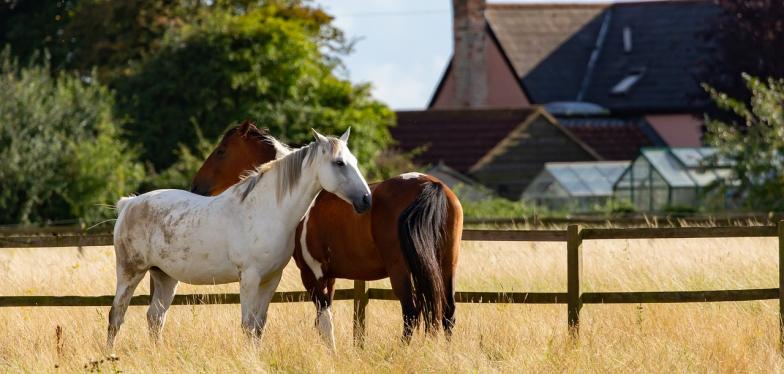Hakendover International Horse Procession becomes Flemish intangible cultural heritage

For centuries, every year on Easter Monday - come rain or shine - a colourful procession passes through the streets and fields around the municipality of Hakendover in Tienen. Originally a purely religious event, it is now a popular and festive procession with a unifying character for young and old of whatever origin, denomination or political affiliation.
Some 20,000 enthusiastic riders, horses, statues, extras, schoolchildren, associations, brass bands, pilgrims, day trippers and tourists from all over Belgium and even from abroad descend on Easter Monday to the Flemish-Brabant village of Hakendover for the procession that has its origins in the seventh-century origin legend of the Church of the Divine Saviour. Three pious noble virgins lived as hermits nearby. They wanted a church to be built with their fortune, but immediately it became clear that the location did not please God: what the workmen built during the day was destroyed again by angels at night. Nearing despair, the virgins begged for a clear sign. On the 13th day after the feast of Epiphany, in the middle of winter, God sent an angel who led them through the snow-covered landscape to a spot where a spiked or hawthorn - the name Hakendover is said to derive from this - was in full bloom. On a branch of the shrub sat a bird with a scroll of text in its beak, on which was written in gilt letters that a church for the Salvator Mundi, the Saviour of the World, was to be erected there. The plan of the church had already been stretched with gold wire and where the spiked thorn stood, the high altar now stands. The spiked thorn was cut down and the twelve best workmen in the area were appointed to start construction. A thirteenth workman was present each time the work was done, but never at meals and when wages were paid. It was the Lord himself who helped build the shrine without compensation. This origin story was carved into a wooden altarpiece around 1405.
According to ancient pilgrimage regulations, the programme of the procession looks like this. First walk around the church three times before entering it for high mass at 10 a.m. Afterwards, the colourful procession accompanies the 14th-century statue of the Divine Saviour through the streets, field roads and fields where the grain and crops have already sprouted, to the altar on Tiense Berg. As a climax, the horses gallop three times at full speed around the altar and the crowd, as legend has it that the trampled field fruits will bring forth a rich harvest. After the blessing by the priest, everyone retreats back village-wide.
Age-old heritage and a festive spectacle to cherish.
Oh yes, for the first time in 2023, a pony gallop was also held ...